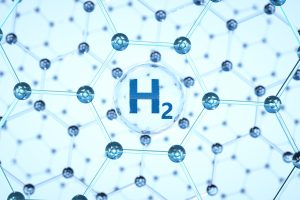USPTO: E-Signatures Soon May be Used for Patent Correspondence | Womble Bond Dickinson
Starting March 22, 2024, patent correspondence may be electronically signing using DocuSign®, Acrobat® Sign, and similar third-party e-signature software.
The new rule from the U.S. Patent and Trademark Office is aimed at making patent correspondence more convenient for users, as well as to reduce barriers of access and to better synchronize the USPTO’s processes with other patent offices.
In a statement, USPTO Director Kathi Vidal said, “The change will provide additional flexibility and convenience to patent applicants and owners, practitioners, and other parties who sign patent-related correspondence, and promote consistency by establishing signature requirements which are common to both patent and trademark matters. The rule addresses stakeholder input received, including during multilateral forums such as IP5 and Trilateral, and will enhance harmonization of practices and procedures amongst intellectual property offices globally.”
“The change will provide additional flexibility and convenience to patent applicants and owners, practitioners, and other parties who sign patent-related correspondence, and promote consistency by establishing signature requirements which are common to both patent and trademark matters. The rule addresses stakeholder input received, including during multilateral forums such as IP5 and Trilateral, and will enhance harmonization of practices and procedures amongst intellectual property offices globally.”
KATHI VIDAL, DIRECTOR, USPTO
The new rule requires that electronic signatures preserve signature data including a digital certificate, token, or audit trail that can be reviewed. In addition, the rule requires the signature to have an indication that it was electronically signed.
Both of these requirements improve the veracity of signatures currently required by the USPTO. For example, the current S-signature includes no authentication leaving them open to a variety of challenges to authenticity. Further, even a wet signature requires authentication if challenged. Thus, using an electronic signature may improve the veracity of signatures provided to the USPTO without the need for witnesses or notaries.
The USPTO released a Final Rule providing specific details on what is required with an e-signature. Click here to read the Final Rule.
[View source.]






